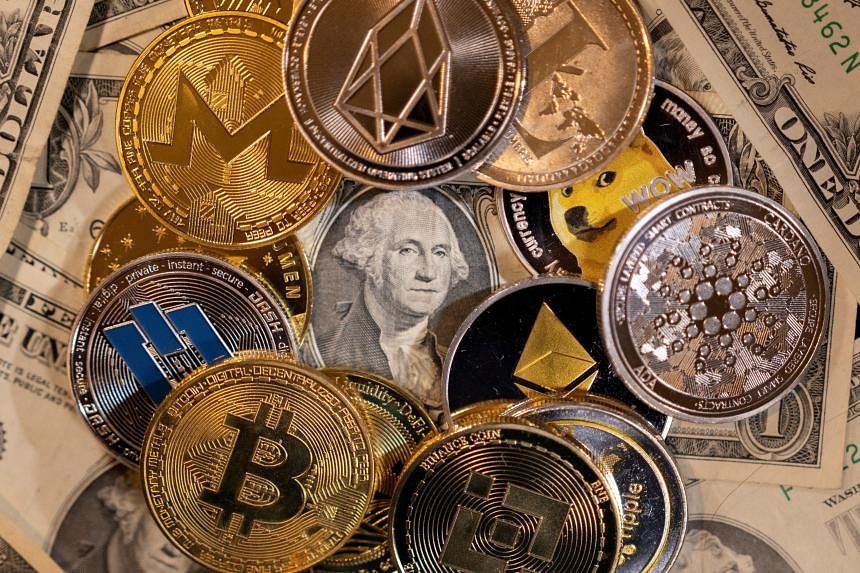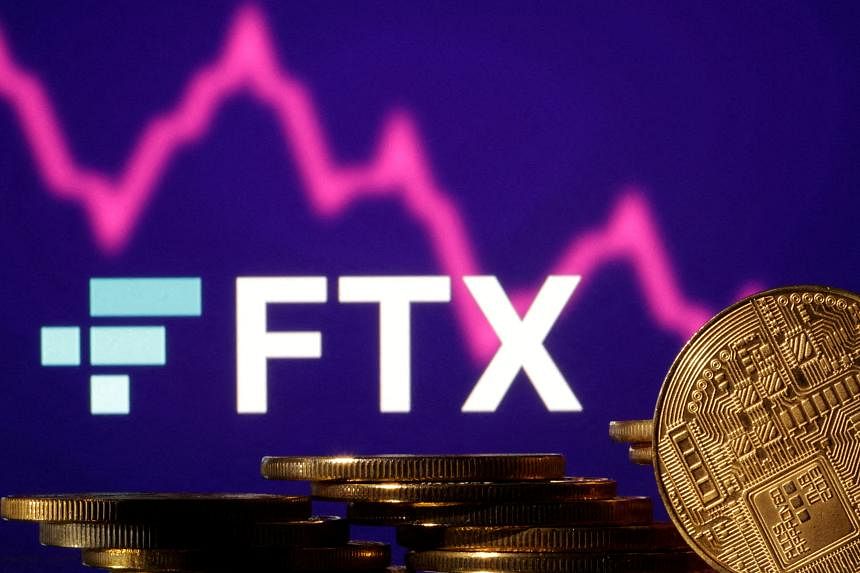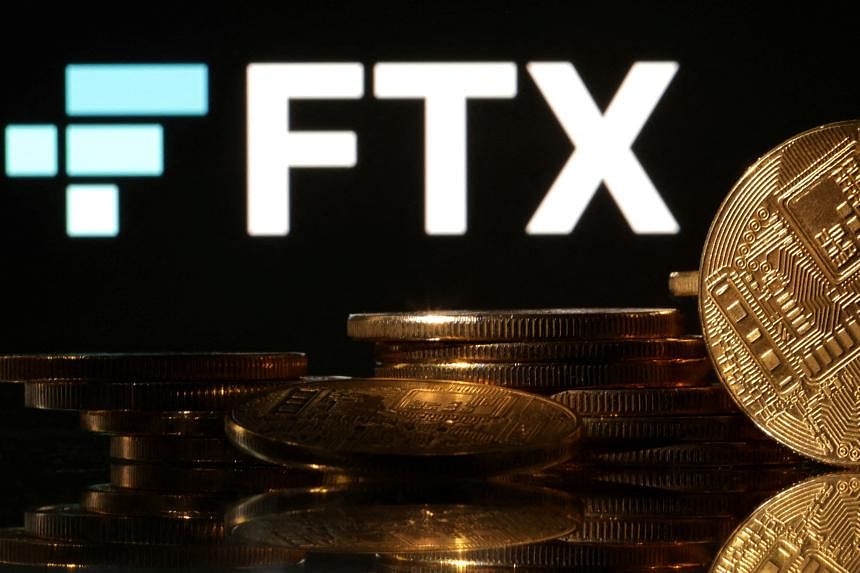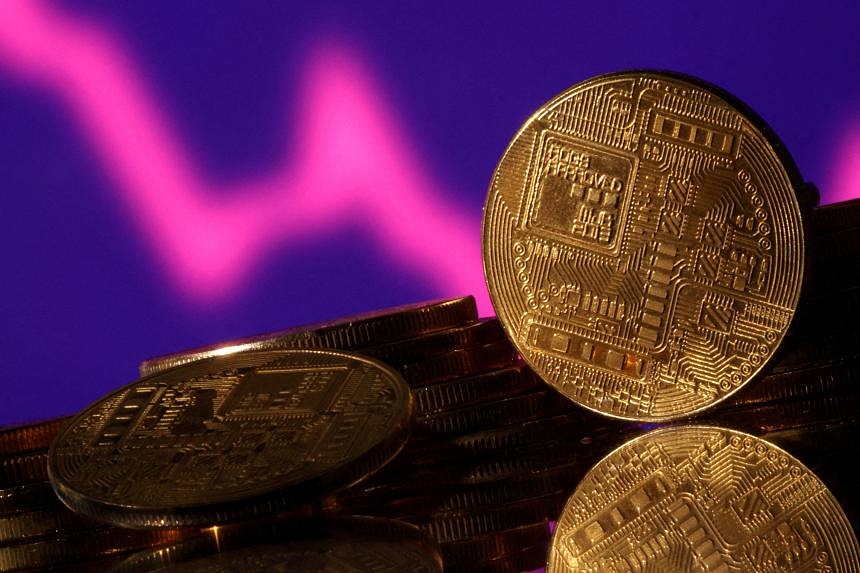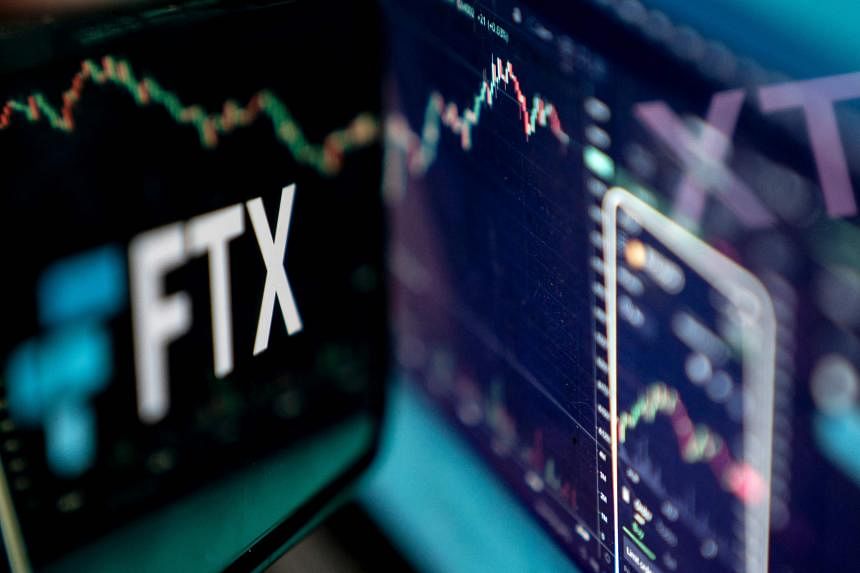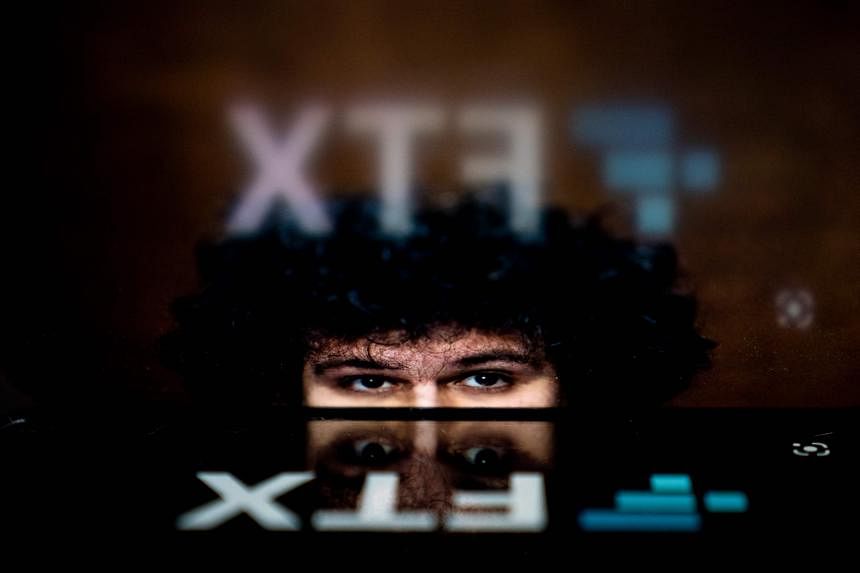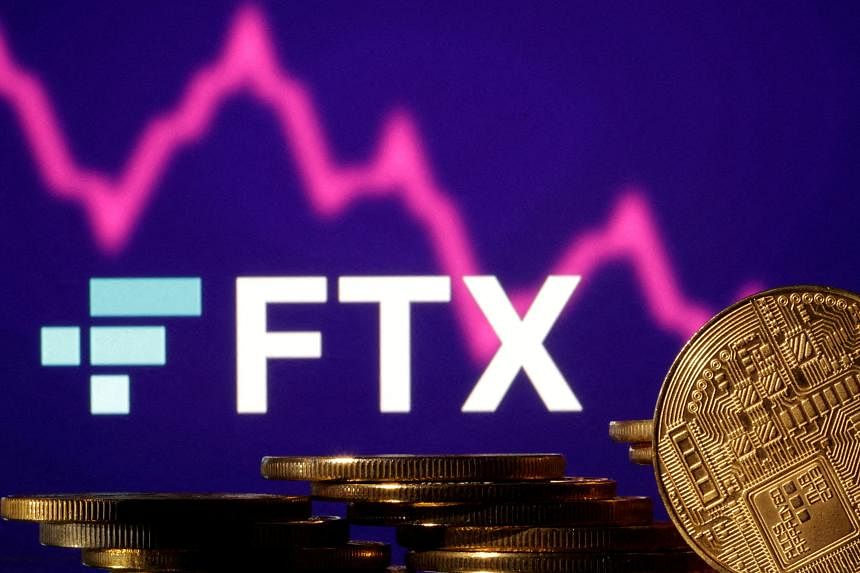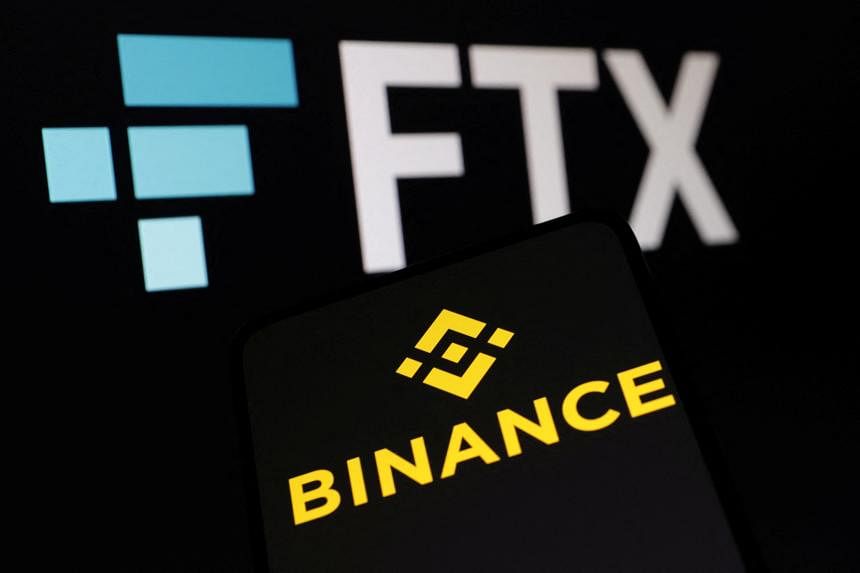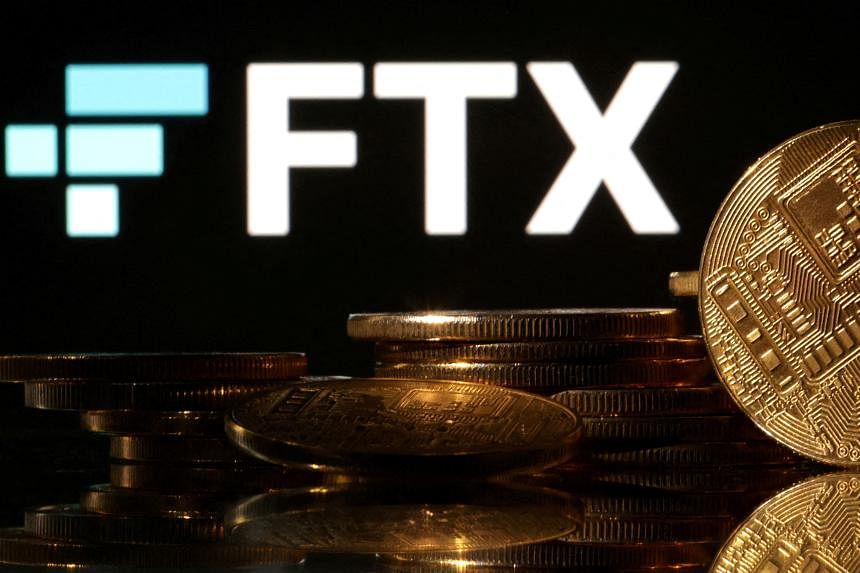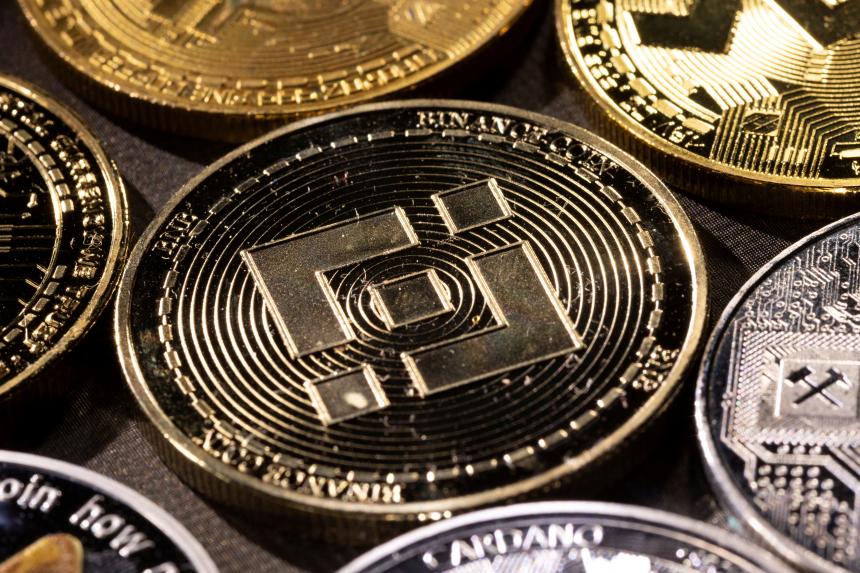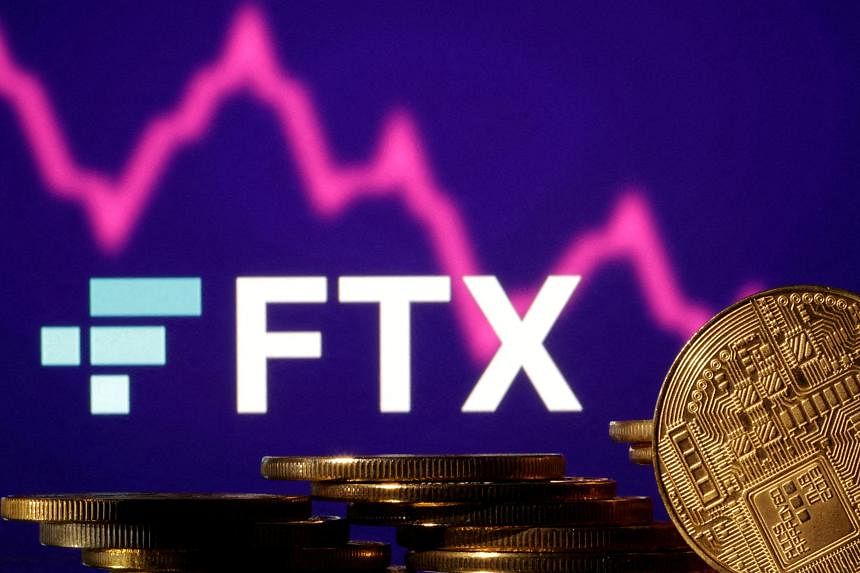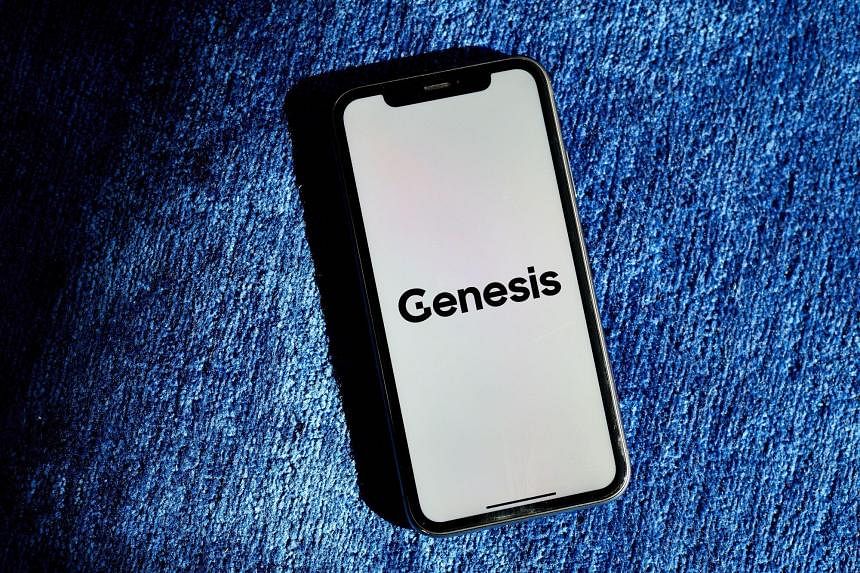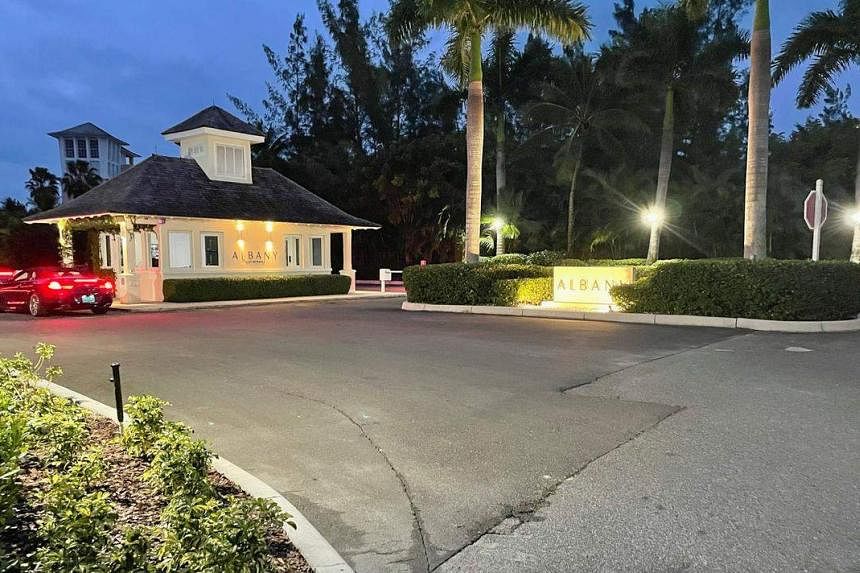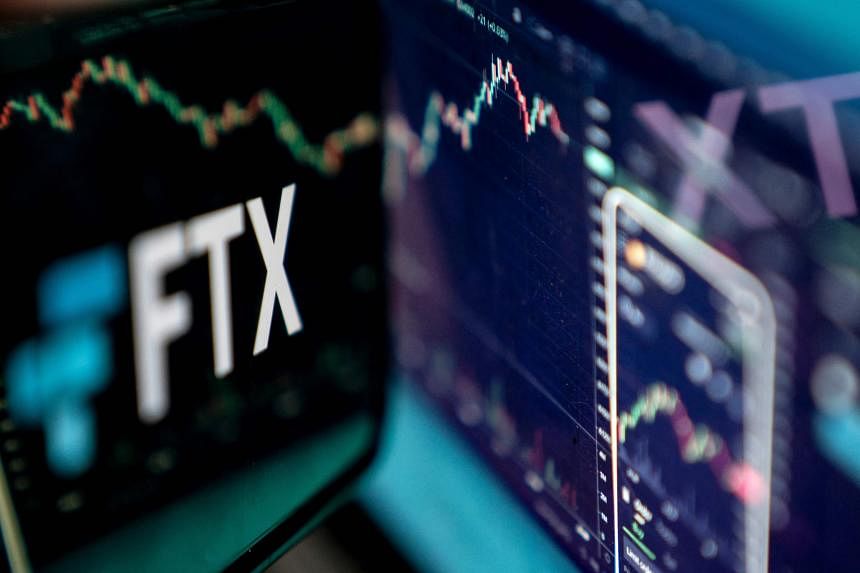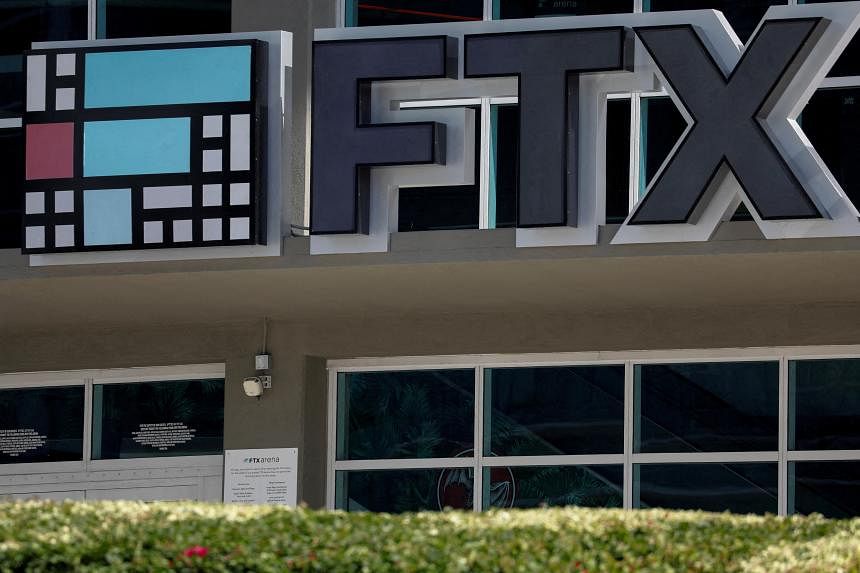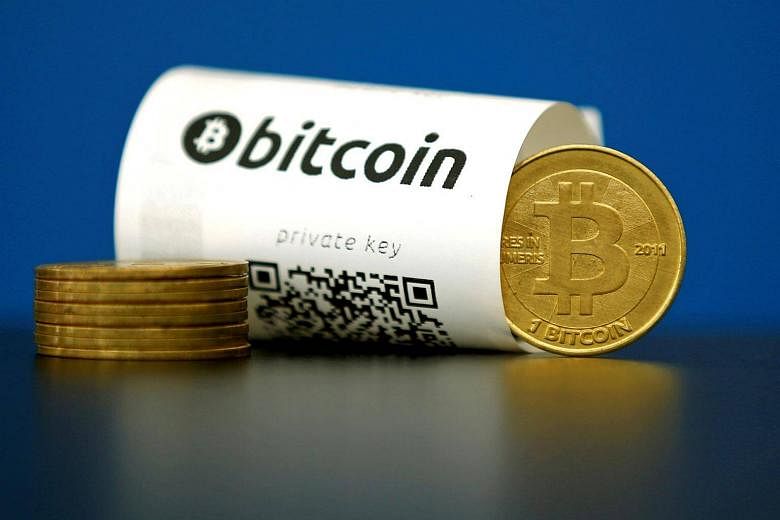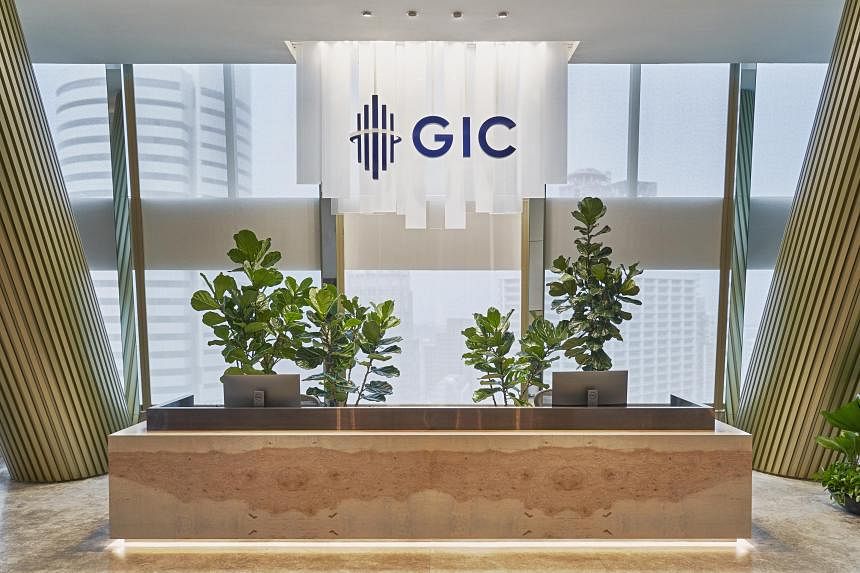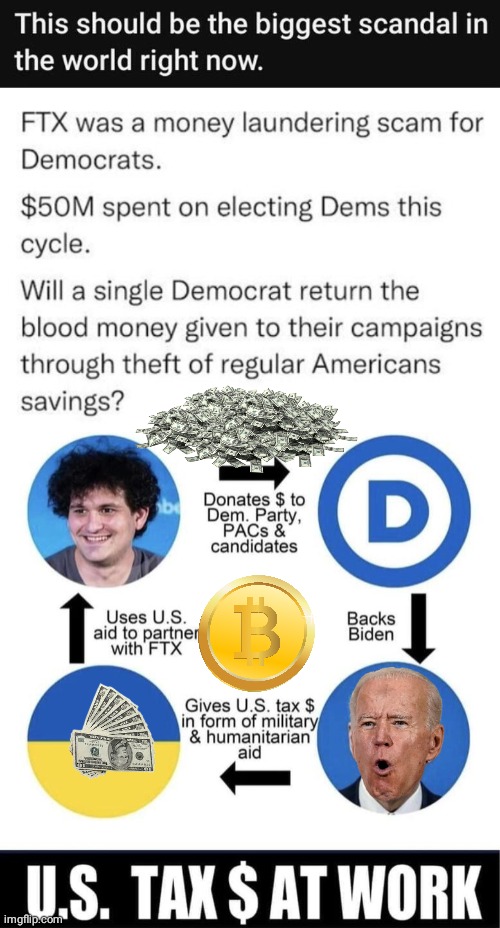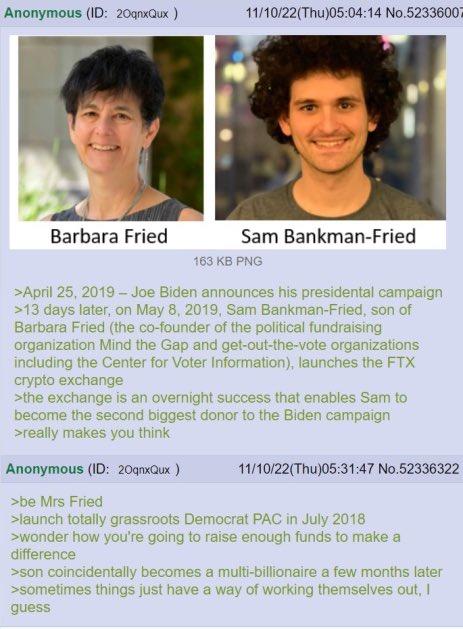Statement on FTX - Temasek
17 NOV 2022Our Blockchain strategy
Innovative technologies, including blockchain technology, are enablers with the potential to transform sectors and create a more connected world. The nascency of the blockchain and digital asset industry presents innumerable opportunities as well as significant risks.
As such, we closely track the risks involved and have taken a calibrated two-pronged approach for exposure in this space – venture building and investing.
- Our venture building efforts have been focused on programmable money, digital assets tokenisation, and decentralised identity and data. Several of these entities are not blockchain-based at this stage but rely on the technology and focus on delivering open data solutions and open networks.
- Our blockchain investment activity focuses on:
- Financial market service providers to the digital asset space providing protocol agnostic and market neutral exposure; and
- Technology infrastructure including protocols, wallets, developer tools, cross-chain messaging, metaverse and gaming infrastructure
We believe that exchanges form a key part of global financial systems.
The thesis for our investment in FTX was to invest in a leading digital asset exchange providing us with protocol agnostic and market neutral exposure to crypto markets with a fee income model and no trading or balance sheet risk.
We invested US$210 million for a minority stake of ~1% in FTX International, and invested US$65 million for a minority stake of ~1.5% in FTX US, across two funding rounds from October 2021 to January 2022.1 The cost of our investment in FTX was 0.09% of our net portfolio value of S$403 billion as of 31 March 2022.
There have been misperceptions that our investment in FTX is an investment into cryptocurrencies. To clarify, we currently have no direct exposure in cryptocurrencies.
Our risk-return framework and due diligence processes
Our investment discipline, centred around intrinsic value and our risk-return framework, guides our due diligence for new investments and ongoing engagement with our investee companies.
As an investor-owner seeking sustainable returns over the long term, we believe that we have to invest in new sectors and emerging, nascent business models to understand the applications and impact they may have on the business and financial models of our existing portfolio, or be drivers for future value in an ever-changing world. This is why we invest in early stage companies and accept the binary risks associated with such investments. Our early stage investments constitute ~6% of our portfolio, and as a group have generated good returns for us, with IRRs in the mid- teens. However, we do recognise the inherent risks of investing in early stage companies and take a very measured approach to such investments by applying an illiquidity risk premium on the cost of capital. In addition, we also add on a venture risk premium for the early stage they are in. Our blockchain direct investments are not a significant part of our early stage investments.
Similar to all investments, we conducted an extensive due diligence process on FTX, which took approximately 8 months from February to October 2021. During this time, we reviewed FTX’s audited financial statement, which showed it to be profitable. In addition, our due diligence efforts focused on the associated regulatory risk with crypto financial market service providers, particularly licensing and regulatory compliance (i.e. financial regulations, licensing, anti-money laundering (AML)/ Know Your Customer (KYC), sanctions) and cybersecurity. Advice from external legal and cybersecurity specialists in key jurisdictions was sought, with legal and regulatory review done for the investments.
Separately, we also gathered qualitative feedback on the company and management team based on interviews with people familiar with the company, including employees, industry participants, and other investors.
Post investment, we continued to engage management on business strategy and monitor performance.
We recognise that while our due diligence processes may mitigate certain risks, it is not practicable to eliminate all risks.
Reports have since surfaced that customer assets were mishandled and misused in FTX. If these statements are true, then this amounts to serious misconduct or fraud at FTX. All of this is currently being investigated by the regulators.
It is apparent from this investment that perhaps our belief in the actions, judgment and leadership of Sam Bankman-Fried, formed from our interactions with him and views expressed in our discussions with others, would appear to have been misplaced.
We expect companies that we invest in to comply with their obligations under the laws and regulations of jurisdictions in which they have investments or operations; abide by sound corporate governance; and above all act ethically always. As we only had a ~1% stake in FTX, we did not have a board seat. However, we take corporate governance seriously, engage the boards and management of our investee companies regularly and hold them accountable for the activities of their companies.
Going forward
We are supportive of the efforts of the regulators and the courts, and we encourage the principals involved with FTX to cooperate for an orderly resolution of outstanding matters.
We continue to recognise the potential of blockchain applications and decentralised technologies to transform sectors and create a more connected world. But recent events have demonstrated what we have identified previously – the nascency of the blockchain and crypto industry and the innumerable opportunities as well as significant risks involved.
In view of FTX’s financial position, we have decided to write down our full investment in FTX, irrespective of the outcome of FTX’s bankruptcy protection filing.
There are inherent risks whenever we invest, divest, or hold our assets, and wherever we operate. While this write down of our investment in FTX will not have significant impact on our overall performance, we treat any investment losses seriously and there will be learnings for us from this.
We will continue to remain prudent and exercise caution even as we explore opportunities that are aligned with our structural trends, to deliver sustainable returns over the long term for our overall portfolio.
________________________
1 We participated in two funding rounds – Series B (concurrently across B and B-1 in October 2021) and Series C (January 2022).

